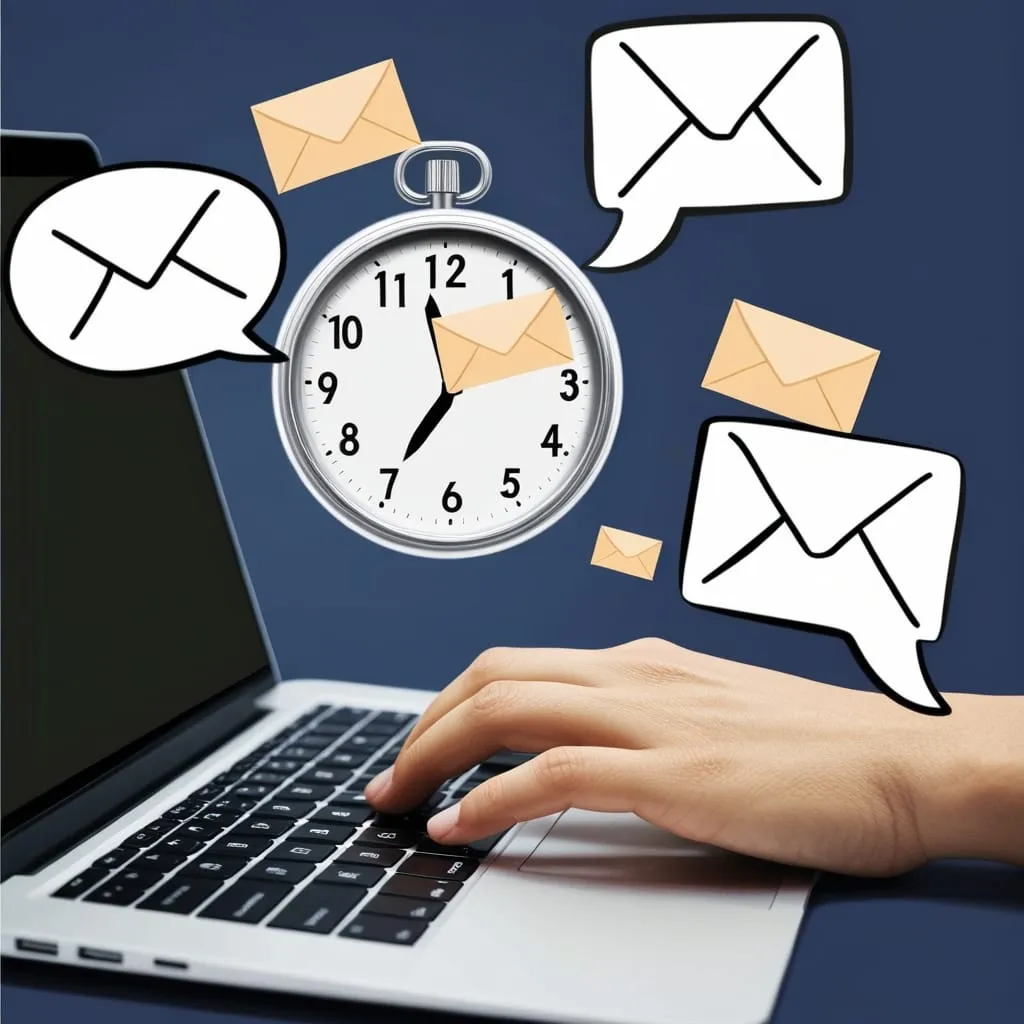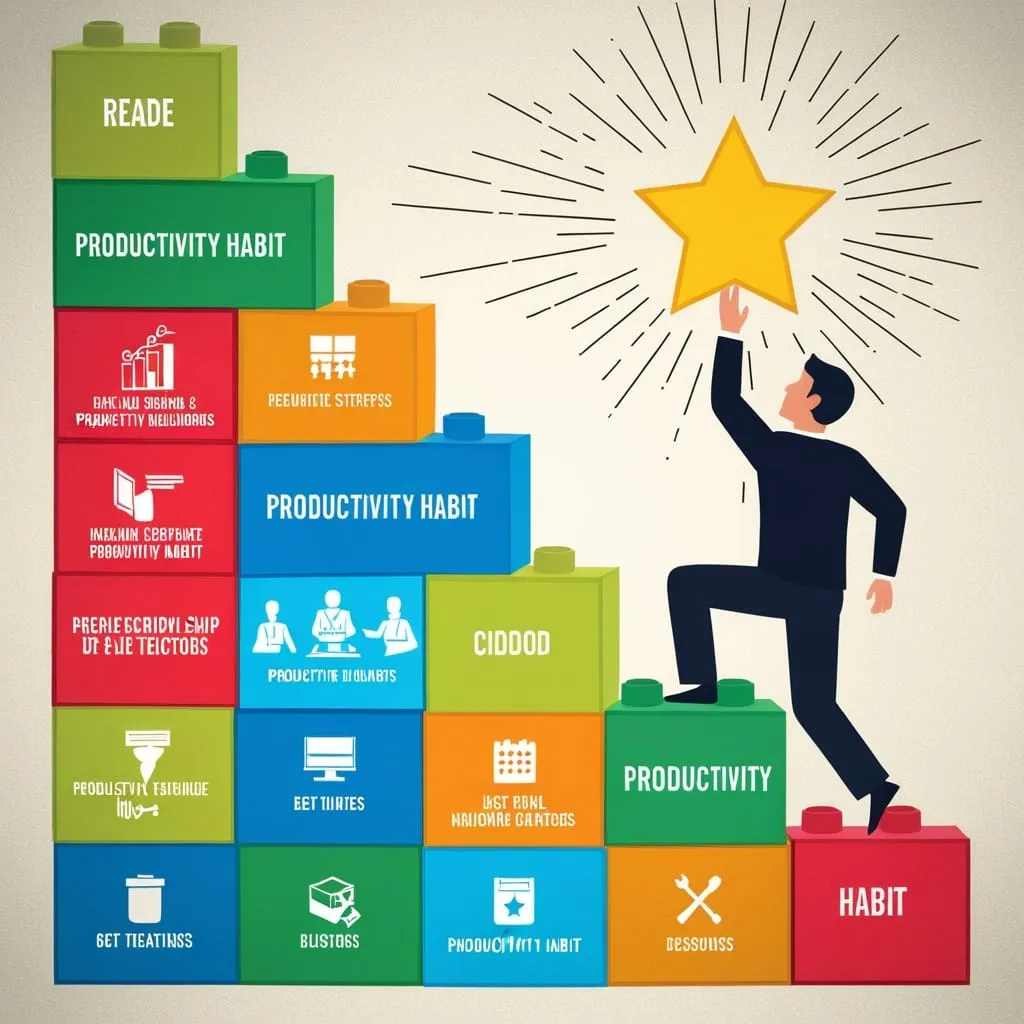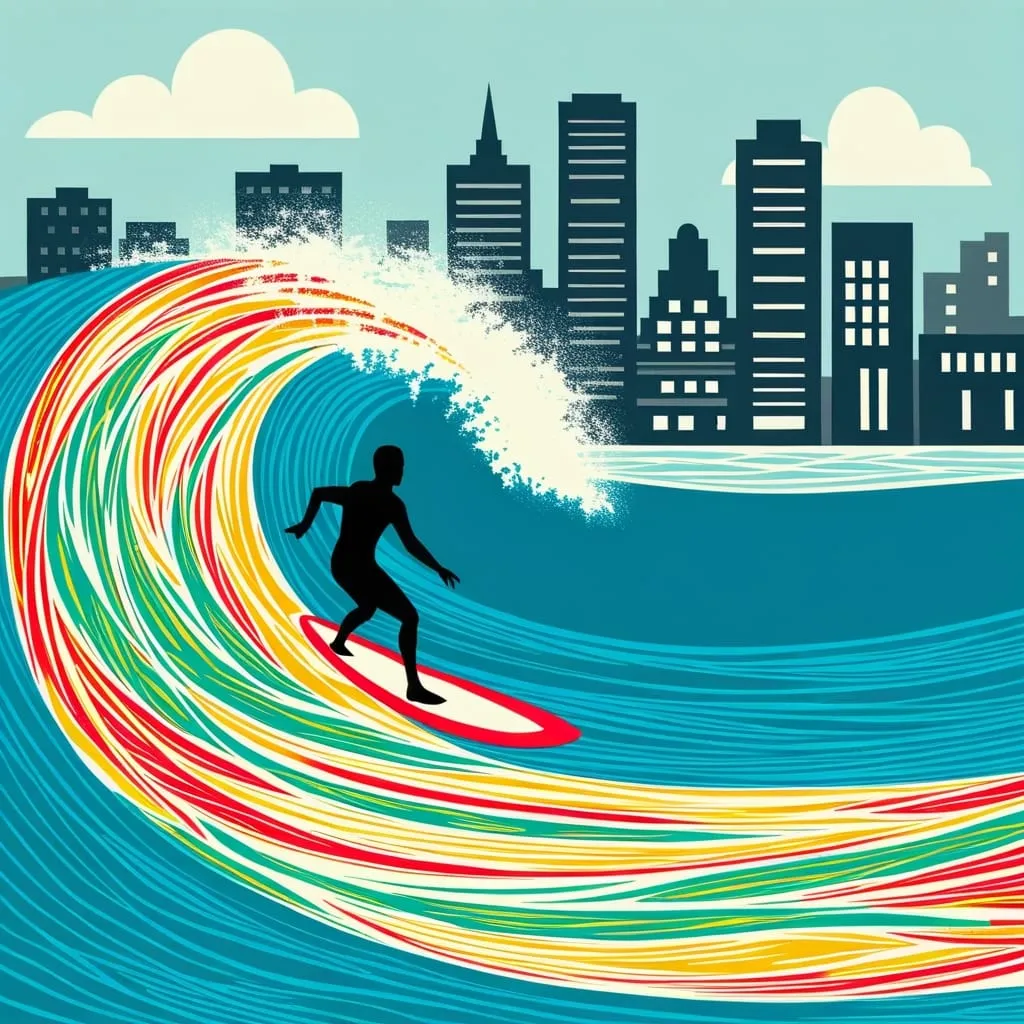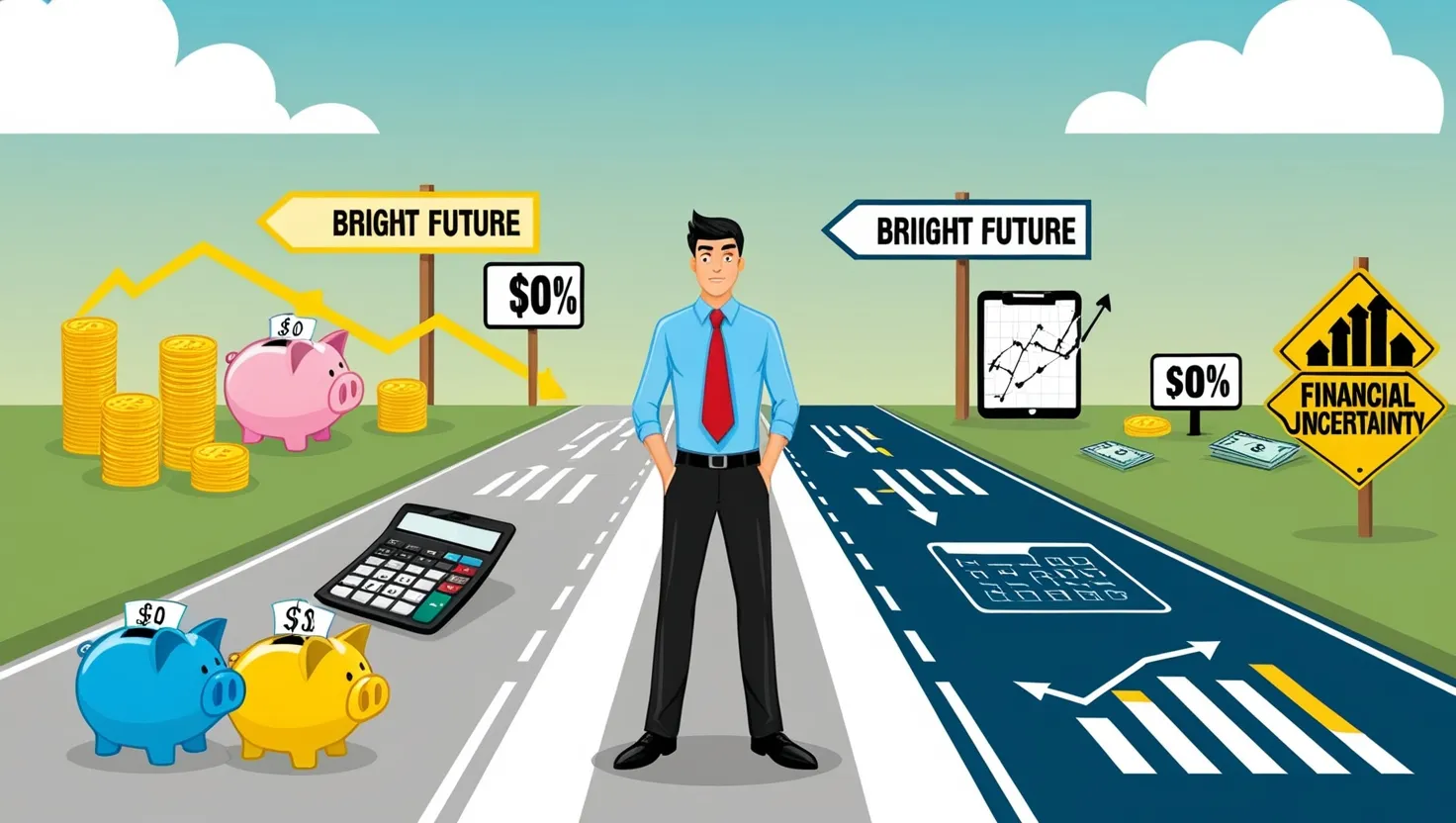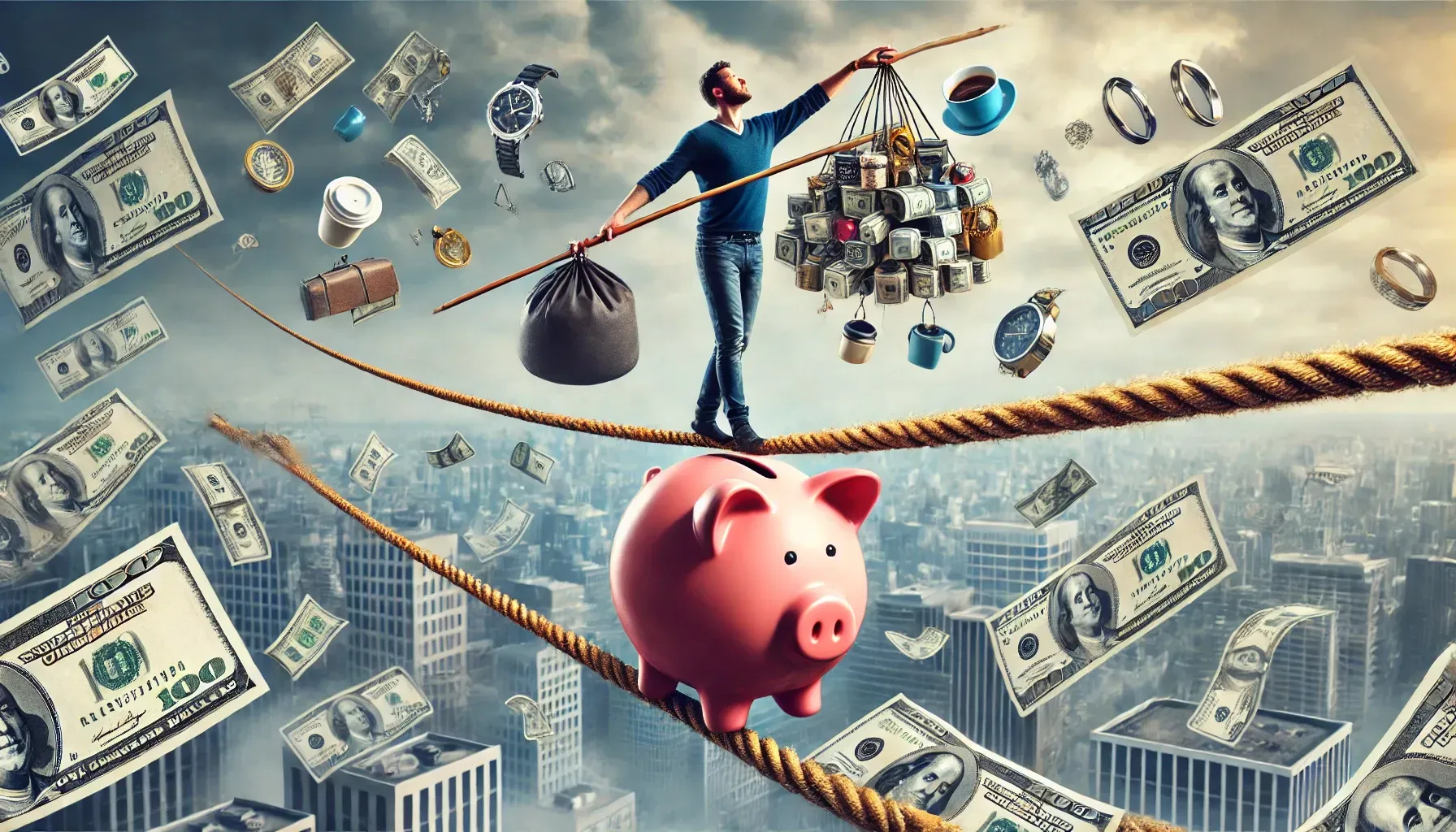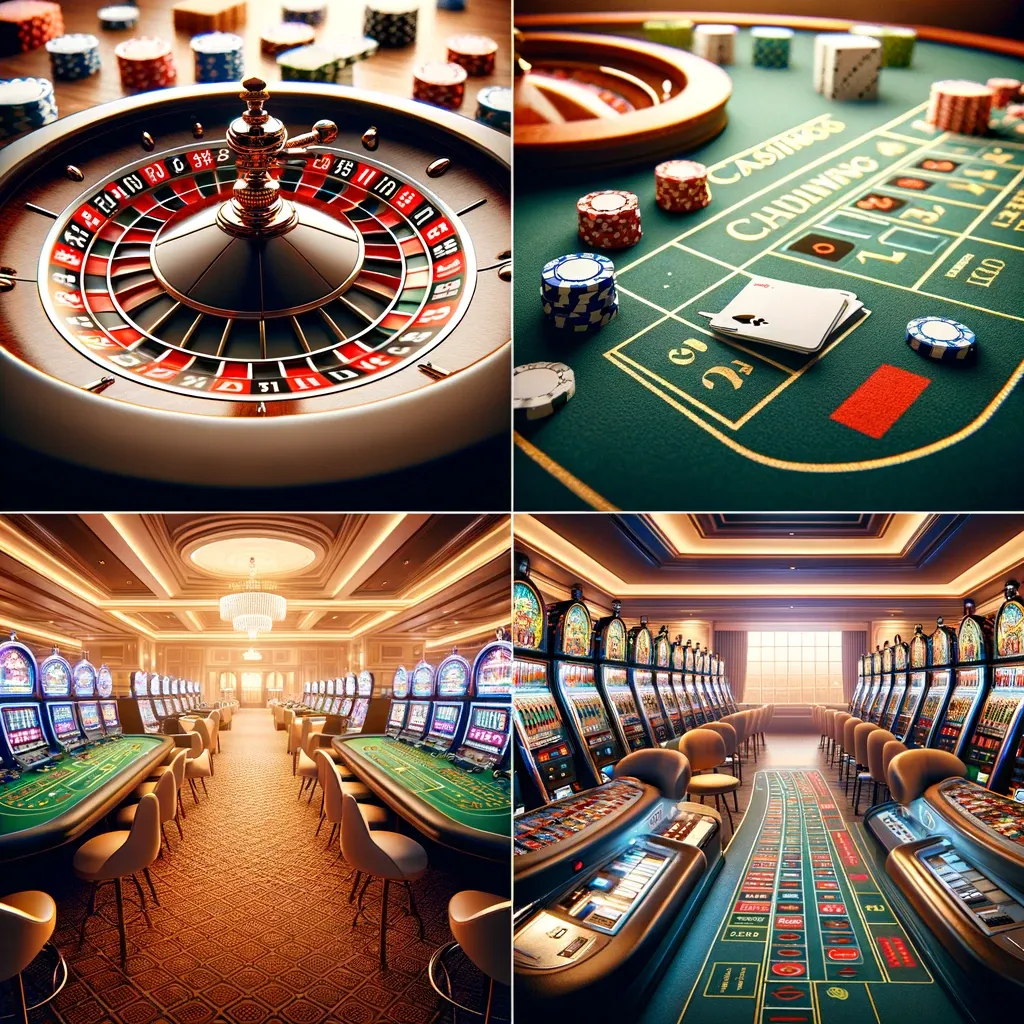Writing emails that get quick responses is an art form in today's fast-paced digital world. We're all drowning in a sea of messages, so crafting an email that stands out and prompts swift action is crucial. Let's dive into some killer strategies that'll have your recipients hitting that reply button faster than you can say "inbox zero."
First things first, keep it simple and scannable. Nobody's got time for War and Peace in their inbox. Think of your email as a billboard on a highway - you've got mere seconds to grab attention. Use short paragraphs, bullet points, or numbered lists to break up your content. It's like serving bite-sized information on a silver platter.
Here's a cool trick: write first, edit later. Don't get bogged down trying to craft the perfect sentence from the get-go. Just pour your thoughts onto the screen, then go back and tidy things up. It's like throwing spaghetti at the wall - see what sticks, then clean up the mess afterwards.
Now, here's a game-changer: the one-minute test. Your goal should be to write emails that can be responded to in 60 seconds or less. How? Structure your message so the recipient can reply with a simple "yes," "no," or by picking from a few options. It's like giving them a multiple-choice quiz instead of an essay question.
Make it ridiculously easy to respond. Busy people love emails that don't require much brain power to answer. Provide some canned responses or yes/no questions. It's like offering them a buffet of pre-prepared replies - they just need to pick one and send.
When it comes to asking for something, be ultra-specific. Vague requests are the enemy of quick responses. Instead of saying "What do you think about the project?", try "Do you agree with the marketing strategy on pages 3-5 of the attached document?" It's like giving someone GPS coordinates instead of telling them to meet you "somewhere in the city."
Your subject line is your email's first impression, so make it count. It should be short, clear, and enticing - like a mini-movie trailer for your message. "Quick feedback needed on marketing strategy" is way more likely to get opened than "Thoughts?"
Context is king, but brevity is queen. If your email needs some background info, include it, but keep it snappy. Think of it as giving someone a map legend - just enough to understand the terrain, not the entire history of cartography.
Here's a nifty trick: use the "schedule send" feature. Draft your email, set it to send in a couple of hours, then forget about it. It's like putting your message in a time capsule - if you think of something important to add, you can always edit before it sends.
Make it a habit to clear out your drafts folder daily. It's like doing email hygiene - don't let those half-baked ideas languish in draft purgatory.
Personalization is great, but don't go overboard. It's like seasoning a dish - a pinch adds flavor, but too much ruins the meal. For small deals, a basic "Hey [Name]" is fine. For bigger fish, you can add a bit more personal touch, but remember, the goal is a quick response, not a pen pal relationship.
Every email should have a clear call to action. Tell the recipient exactly what you want them to do next. It's like giving them a to-do list with just one item - they know exactly what's expected.
When dealing with super busy people, play the long game. Break your requests into smaller, more manageable steps. It's like feeding a horse - if you try to give it the whole apple at once, it might choke. Slice it up into bite-sized pieces instead.
Remember, the key to getting quick responses is making your emails easy to read, easy to respond to, and crystal clear in their requests. It's like setting up a game of email tennis - you want to lob an easy serve that your recipient can volley back without breaking a sweat.
Think about the last time you received an email that you answered immediately. What made you respond so quickly? Chances are, it was clear, concise, and asked for something specific that you could easily provide. That's the sweet spot you're aiming for with every email you send.
Imagine you're writing to someone who's sprinting through their day. They're checking their phone between meetings, scanning their inbox while grabbing a coffee, or trying to clear out messages before heading home. Your email needs to be the one that makes them think, "Oh, I can handle this right now" rather than "I'll deal with this later."
It's also worth considering the timing of your emails. Sending a message right before lunch or at the end of the workday might mean it gets buried under a pile of other emails. On the other hand, sending it first thing in the morning or right after lunch might catch your recipient when they're fresh and ready to tackle their inbox.
Don't forget the power of follow-up. If you haven't received a response, a gentle nudge can work wonders. But make sure your follow-up is just as concise and easy to respond to as your original message. It's like tapping someone on the shoulder - you want to get their attention, not annoy them.
Lastly, remember that getting quick responses is as much about building relationships as it is about crafting the perfect email. If you consistently send clear, concise, and actionable messages, people will come to expect that from you. They'll know that when your name pops up in their inbox, it's going to be something they can deal with quickly and easily.
In the end, mastering the art of writing emails that get quick responses is about respect - respect for the recipient's time and attention. By making your emails easy to process and respond to, you're showing that you value their time as much as your own. And in our busy world, that's a courtesy that won't go unnoticed or unappreciated.
So, next time you're crafting an email, think of it as a gift to your recipient - a neatly packaged, easy-to-unwrap present that they'll be delighted to receive and quick to respond to. Happy emailing!
